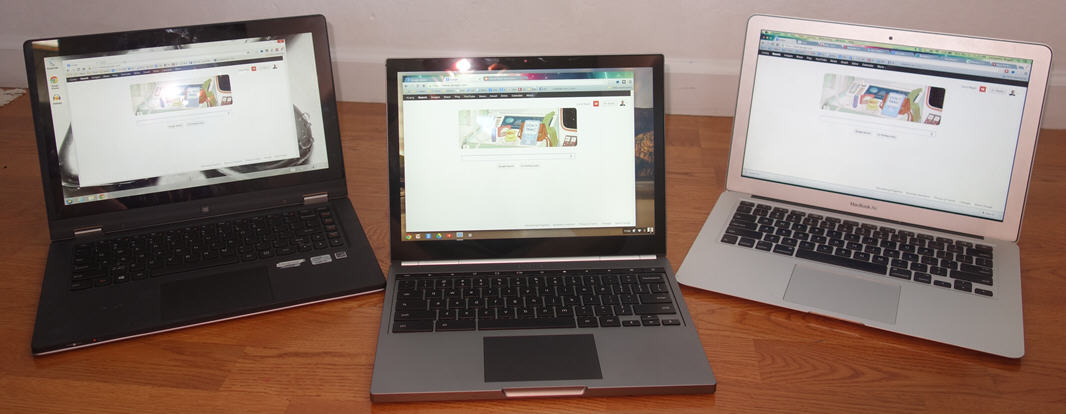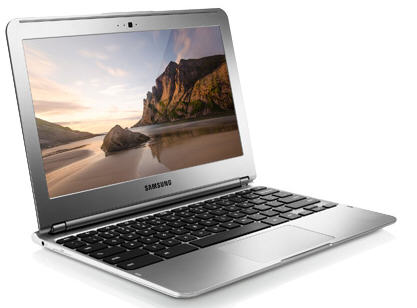
As web browsing devices go, the Google Pixel is amazing. Its 239 pixel per inch 12.85 touch-screen is awesome and I think it’s marvelous that you can use your fingers to click on links, pinch to zoom or swipe just like any of the new Windows 8 touch-screen laptops.
Once you get your hands on the device you’ll probably agree that it’s a class act. Scrolling is smooth, the glass touchpad and backlit keyboard are terrific. And when you’re online, you can browse the web and use Google’s and other web-based apps with ease. The pinch to zoom feature doesn’t work by default but is one of several “experimental” features that you can enable by entering “chrome: flags” in the address bar
I also like the fact that users get a terabyte of cloud storage on Google drive for three years for free plus 12 free Gogo In-flight passes. If you truly were in the market for that much storage or in-flight coupons, than you could argue that pixel is cheaper than free. Three years of that much storage alone is worth $1,800 and a dozen Gogo passes are worth another $170.
But most people aren’t in the market for that much cloud storage so –for mere mortals — the Pixel’s price tag is more than a bit steep for what you get. The 32 GB WiFi only model costs $1,299 while the LTE version is $1,449.
Excellent full-fledged laptops cost less
It may be “worth” that much money if you consider that it’s incredibly well made but for less you can get a very nice full fledged laptop with Mac OS or Windows 8 that does everything the Pixel does plus the ability to run Windows or Mac applications.
Apple’s MacBook Air, for example starts at $999 or $1,199 for a model with a 13 inch screen. There are also plenty of very nice touch screen Windows 8 notebooks for less than the Pixel including the one I use — the Lenovo IdeaPad Yoga 13, which starts at $999.
And all of these devices can run Google Chrome along with hundreds of thousands of other programs. All have at least 64 gigabytes of storage and all are at least as light (if not lighter) than the Pixel.
A vision, not a practical product
At its current price the Pixel represents a vision, not a practical product. It’s a way for well heeled consumers (and reviewers like me who get to borrow them for a few weeks) to get a glimpse into what a high-end well crafted Chrome notebook might feel like. At home — where I have a high-speed WiFi network — it’s a great way to surf the web, access my Gmail and edit my Google docs. But once I leave the house I’m not guaranteed Internet access and — even when I have it — there are occasional times when I still want to be able to run Mac OS or Windows programs.

Still, there are a highly practical devices for anyone who wants a Chrome laptop. At $249, Samsung’s Chromebook is a bargain and — at that price — you can forgive the fact that it doesn’t run Mac or Windows applications. Like the Pixel, it’s a great way to surf the web and run Google web-based apps. Admittedly, the Pixel is faster but at 2.4 pounds the Chromebook is lighter and a heck of a lot cheaper.
Disclosure: I’m co-director of ConnectSafely.org, a non-profit Internet safety organization that receives financial support from Google.